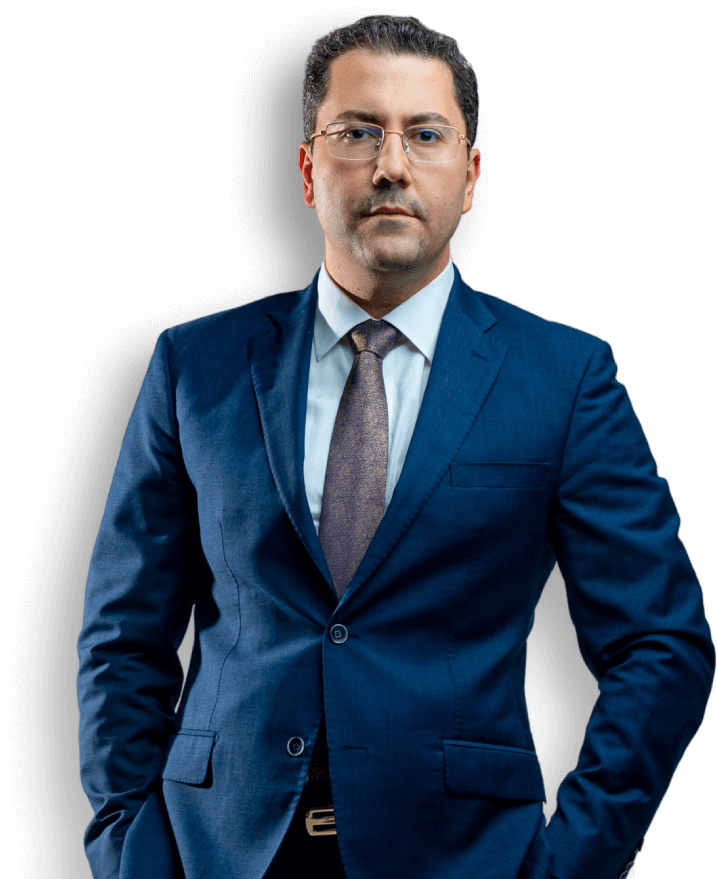Let’s say you have invented a new type of Bluetooth headphone. These headphones have a larger battery bank and could last for hours. Also, the design is different from others on the market. What are the next steps to take? One of the main concerns inventors have is to prevent others from copying their work. Many do not know the availability of protections out there. Patents are the legal way to protect inventions and prevent others from making any monetary benefits from your idea. Patent law could be very complicated, and so is advised to seek advice from patent attorney immediately when filing for a patent.
What is a patent?
A patent is an invention that has been solely created by an inventor. In order to get an official patent, it must be issued by the United States Patent and Trademark Office. When a patent has been granted, the patent holder has “the right to exclude others from making, using, offering for sale, or selling” the patent. The patent holder has the right to sell and use their patent. These rights are given to patent holders to enforce against any others who may be copying and benefiting from their patent.
Different Types of patents
Patent law can be a bit complex. However, different types of patents are organized into three simple categories. They could fall into any of these three categories. The three categories include:
- Design patents are those that have a new, original, and ornamental design. These types of patents are not as common since they have to be original. Further, design patents must only be ornamental in nature. This means they cannot have any type of utility or benefit to the user. This type of patent instead only protects the design. For example, the specific design of a high-end shoe sold by fashion company could be eligible for a design patent. This prevents other fast fashion companies from stealing this design and instead making cheaper alternatives.
- Utility Patent are the most common type of patent. It applies to those inventions that are useful. There are five different types of utility patents, which include: the machine, the manufacturer, the composition of matter, the process, or changing and improving an idea. For example, an example of a utility patent could be wearable technology. Currently, many companies are now filing patent applications for wearable technology glasses. Technology companies are currently in a race as to who can file the utility patent first so they can establish original rights to it. Utility patents also include inventions that are not that obvious. For example, a system that has been adopted by an airline company to enforce faster and more efficient flights could be a utility patent.
- Plant patents are the least used type of patents. This type of patent includes a “novel, not obvious, asexually reproducible plant.” This type of patent is most commonly filed by scientists or botanists who specialize in creating new types of plants. For example, a plant that has been created through reproduction between an orange and a tangerine could be protected under a plant patent. This prevents other orchards or scientists from creating new plants and benefiting off of another’s invention.
- Provisional patents are not considered to be a category of a patent. But it is a type of patent an inventor could get to be able to use their patent. This provides a temporary and informal way of protecting a patent that still needs to be worked on. After provisional patent, the next step would be to file a plant, utility, or design patent. This grants inventors more time to figure out and further develop their inventions while also enjoying some type of informal temporary protection and prevent others from copying it. For example, something that could fall under a provisional patent could be design sketch or a prototype of a soon-to-be utility patent.
Do Patents Last?
Patent last up to 20 years from the date that the application for the patent is first filed. In between those 20 years, there needs to be payment of fees and renewal of forms. Failure to follow these administrative tasks will result in losing the patent. It is crucial to hire an attorney to make sure that all these requirements have been met in order to prevent losing the patent.
Generally, maintenance fees are paid around 3 years, 7 years, and 11 years. It may depend the type of patent.
Can I Purchase patents?
Those patents that have expired due to negligence on the inventor’s part could be repurchased by someone else. To purchase an expired patent, visit USPTO’s website to see the list of expired patents and get in contact with the former patent owner.
Are Patents Kept a Secret?
Patents must be filed through the USPTO. Once it is filed, it will be up on the USPTO website. The website will state the patent, the patent holder’s name, and an address to contact the patent owner. Since the disclosure is made public, a patent cannot be kept a secret.
What is Patent Law?
Patent law is important for all types of businesses. Patent law is constantly changing given the new technological advances in society. It is crucial to protect your ideas and adhere to all current law. Failure to do so may result in substantial amount of money damages. It is important to see a patent lawyer as soon as possible to determine your rights and protections. Our experienced patent attorneys operate and are experienced in various types patents, including USPTO patent applications. Other than filing the necessary paperwork, our attorneys are also experienced in bringing lawsuits against others and defending clients for patent infringement.
How to File a Patent
Since the process and requirements can be a bit complicated, it is advised to seek the assistance of a patent attorney. First, you must determine what type of patent your invention falls under. Next, you must file a patent application with the United States Patent and Trademark office. Examples of what information forms need include when the patent was used, when it was created, and who it was created by. There are fees that are associated with filing a patent.
What is the Difference Between a Copyright and a Patent?
Many confuse copyrights and patents with one another. But there are minimal differences. A copyright protects types of authorship, such as books and paintings. However, a patent protects inventions. This could include inventions for glasses. Ideas are not copyrightable. But, you can file a patent for an idea of a future invention.
Our attorneys are experienced in several types of patent administrative filings and patent infringement lawsuits. If you or someone you know is experiencing difficulties while filing for a patent, has been sued for patent infringement, or is suing another for patent infringement, contact our experienced Los Angeles attorneys today for a free consultation.
***Disclaimer: This page is created by Heidari Law Group for educational purposes. This article provides a general understanding of the law. It does not provide specific advice. By using this site and reading through this page, there is no attorney-client relationship created between you and any member of Heidari Law. Further, due to the constant change of the law, some parts of the information above may no longer be good law.



